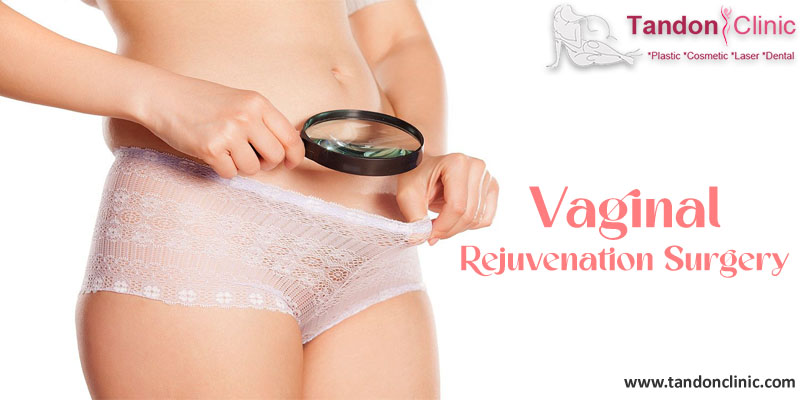Hymenoplasty in Delhi, a type of surgery that is also classified as female intimate surgery or cosmetic surgery, is a surgical procedure belonging to the specialty of plastic surgery and gynecological surgery that lasts between 45 and 60 minutes and consists of restoring the hymen, a fleshy membrane of ring shape located at the entrance of the vagina whose physiological function is not clear and whose social value in some cultures lies in guaranteeing female virginity.
When the hymen is torn after sexual contact, the membrane breaks in the form of a “star” and the woman bleeds from the rupture of the hymen, therefore in hymenoplasty the hymen is reconstructed by plastic surgeon in Delhi through different processes and a small hole is left for the exit of menstruation and other fluids. The stitches reabsorb on their own.
Techniques for performing a hymenoplasty in Delhi
The simplest is the one in which the remains that may remain of the hymen are simply joined by applying local anaesthesia. It can only be done in some cases where the break is small.
You can also use a tearable biological material that is implanted at the entrance of the vagina in a way that mimics the “virginal” hymen, a technique similar to creating a membrane with a blood supply.
Vaginoplasty in Delhi can be performed, in which an incision is made on both sides of the mucosa that lines the vaginal walls and joins each other. Unlike the other two techniques, in this case, you must wait a while before having sexual intercourse since you have to give time for recovery and healing. A rest of at least 24 hours after surgery is recommended by best plastic surgeon in Delhi.
The risks of undergoing a hymenoplasty in Delhi are:
- Pain
- Inflammation
- Infection in the treated area
- Hemorrhage
- Bladder or rectal damage (rare complication)
After surgery, the hymen will behave in the same way as before the first sexual intercourse, and the woman will even feel pain and bleed again as in “her first time”.
Influence of culture in the reconstruction of the hymen
It is a highly requested surgical practice for women whose culture places great importance on a woman’s virginity and in which the so-called Virginity Test is practiced, a procedure that determines if a woman is a virgin. The test consists of an inspection of the hymen, assuming that it can only be broken as a result of sexual intercourse.
It emerged as a solution for those women who, without being virgins, wanted to appear on their wedding night. The most consecrated reasons for this are the rejection of one’s own family and/or the husband’s family, as well as the rejection of one’s future spouse.
The reconstruction of the hymen or hymenoplasty can, therefore, be an option for women who, due to social or family pressure, must arrive virgins at marriage, says the best plastic surgeon in Delhi.
It is necessary to know that there may be several reasons other than having had intercourse for which the woman may not have a hymen or not bleed during the first intercourse, such as:
- One in a thousand women are born without a hymen.
- Up to 44% of women do not experience blood loss during first intercourse, which means that in some cultures where bleeding is tested, it would not occur.
- The hymen can be broken by the introduction of a finger or a tampon into the vagina.
- Practice exercises such as horse riding, swimming, cycling, or gymnastics.
- Excessive menstrual flow.






